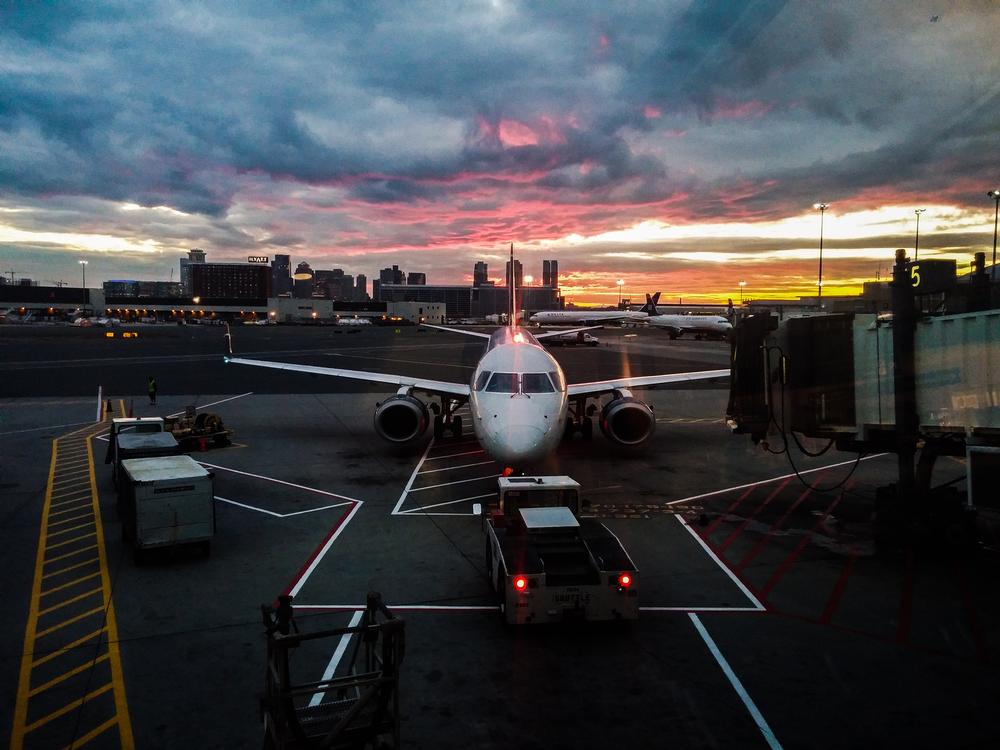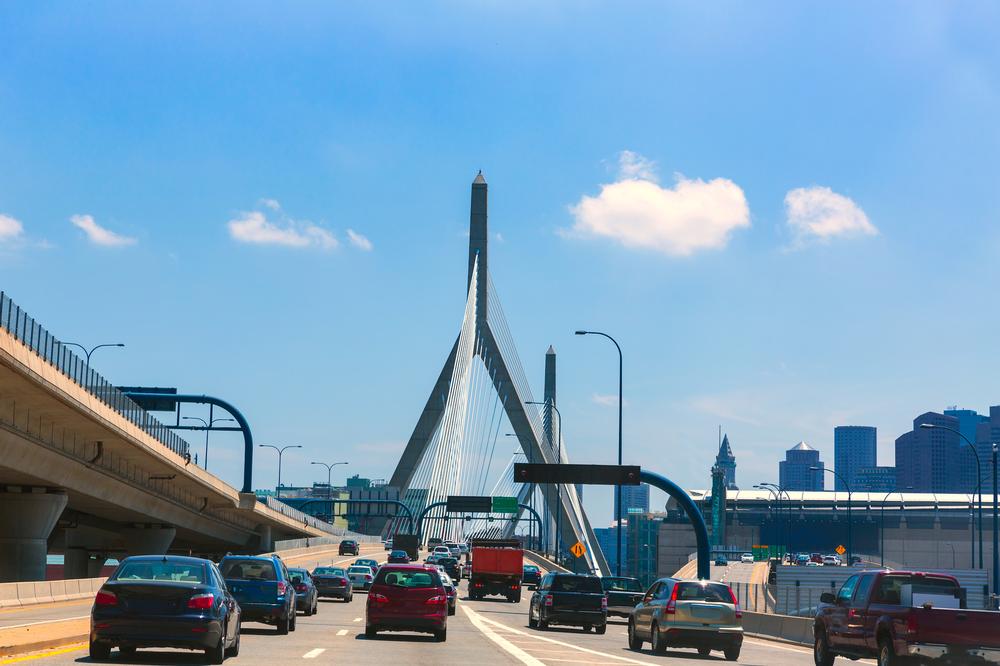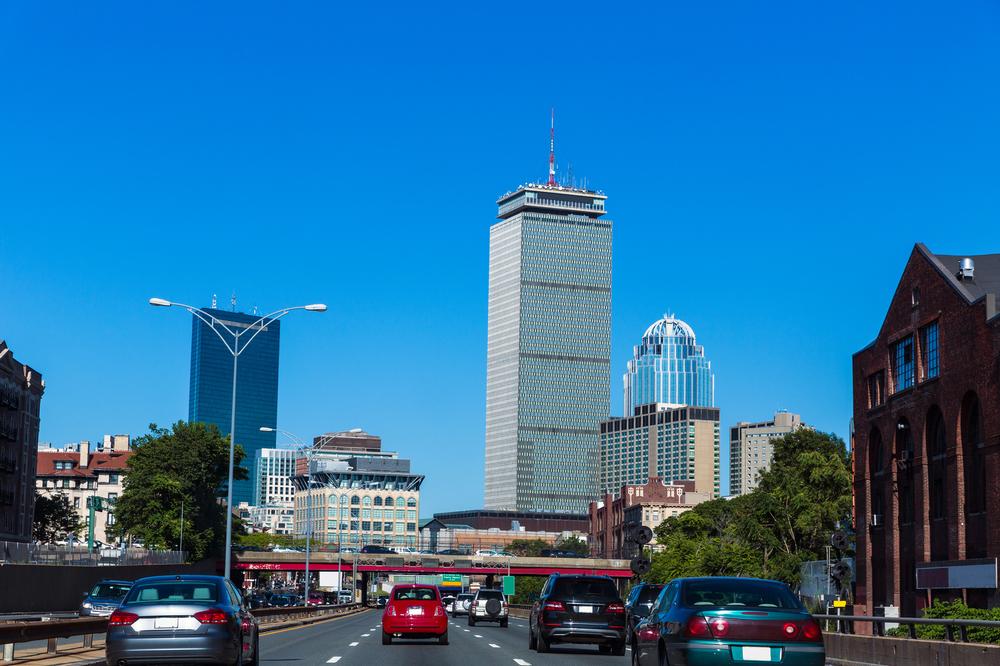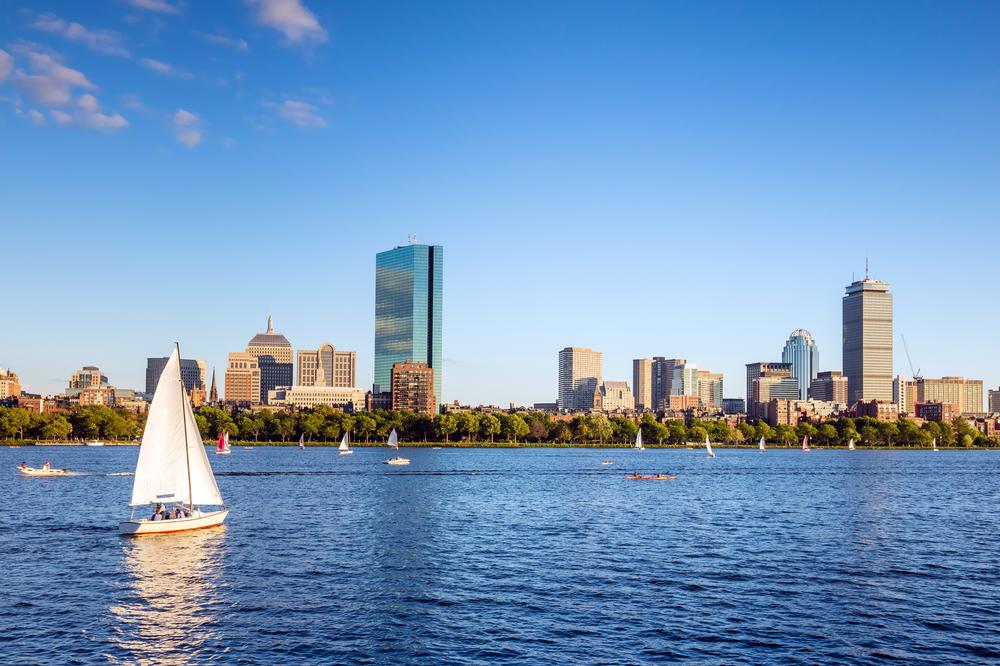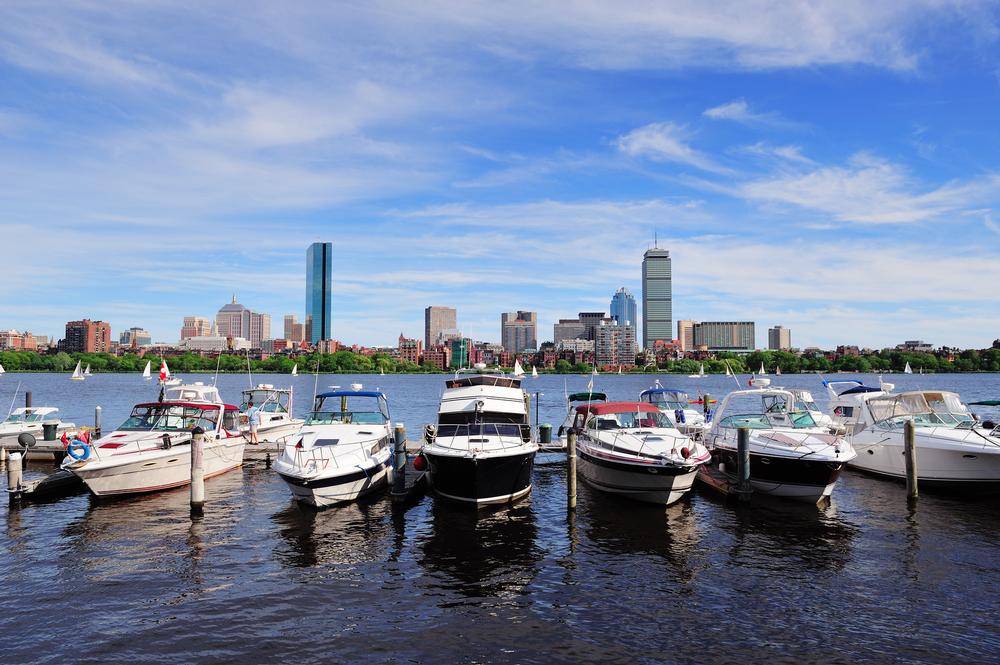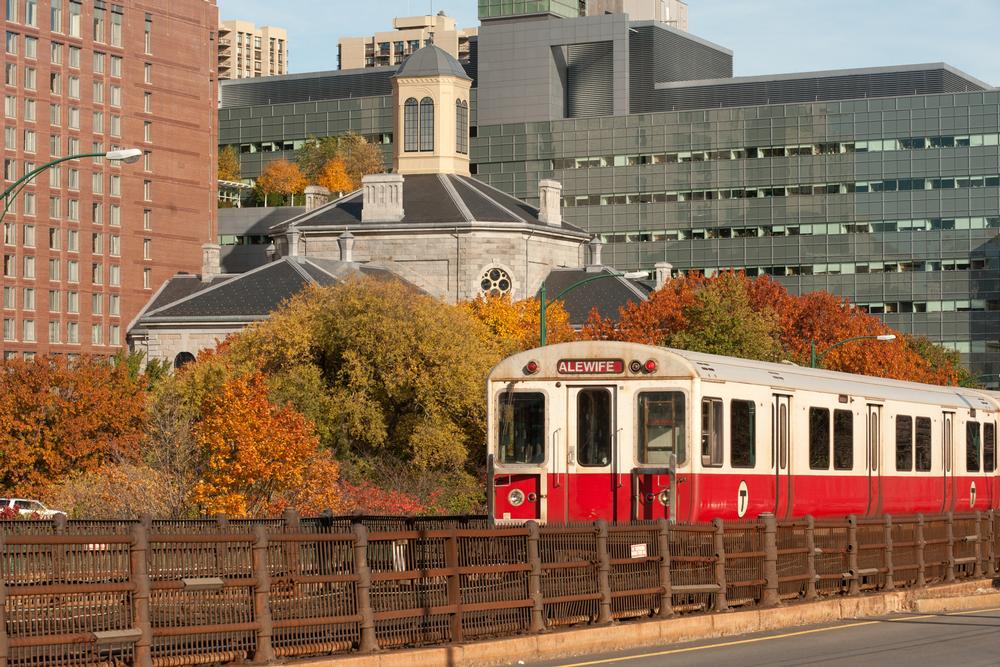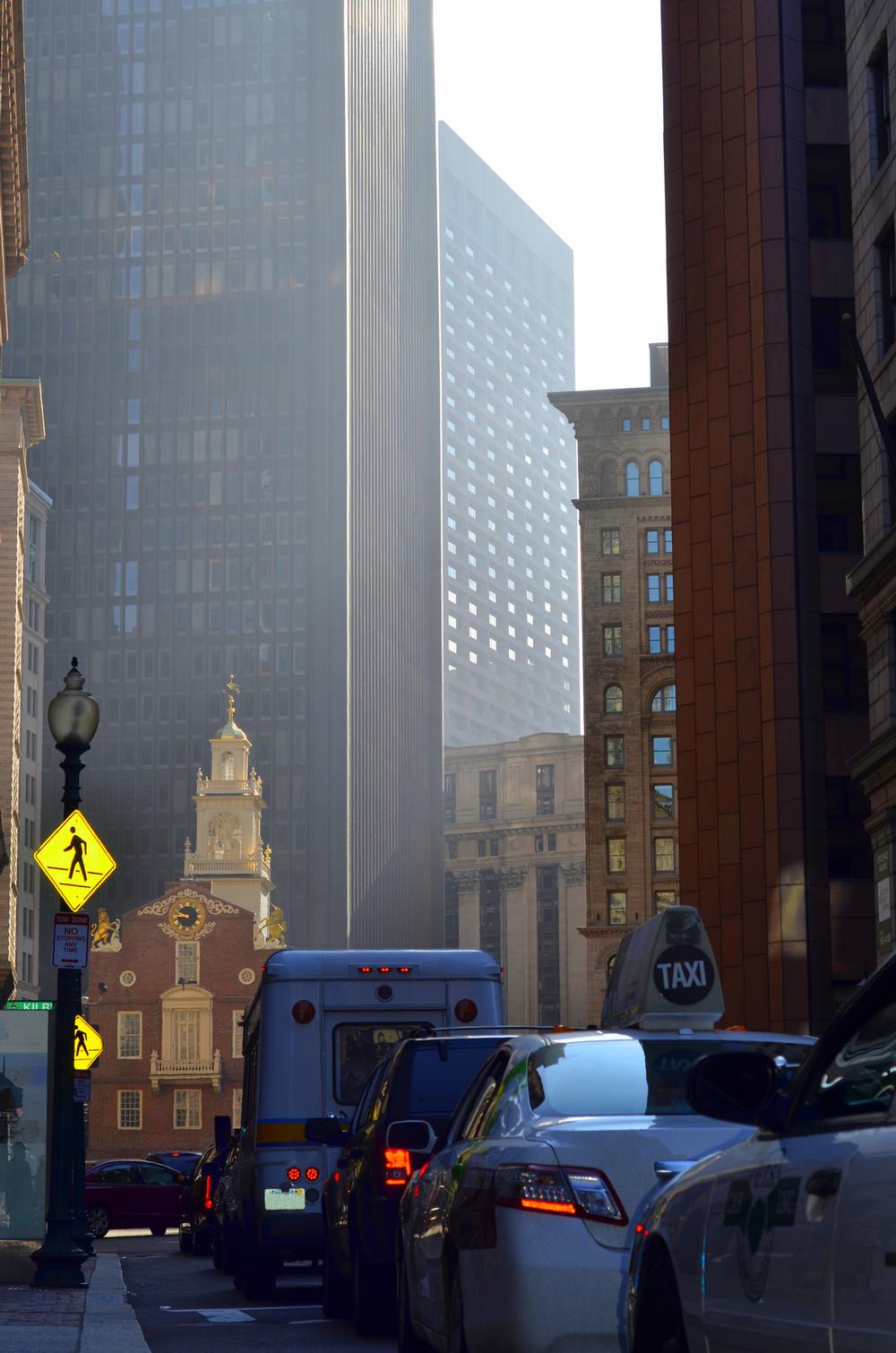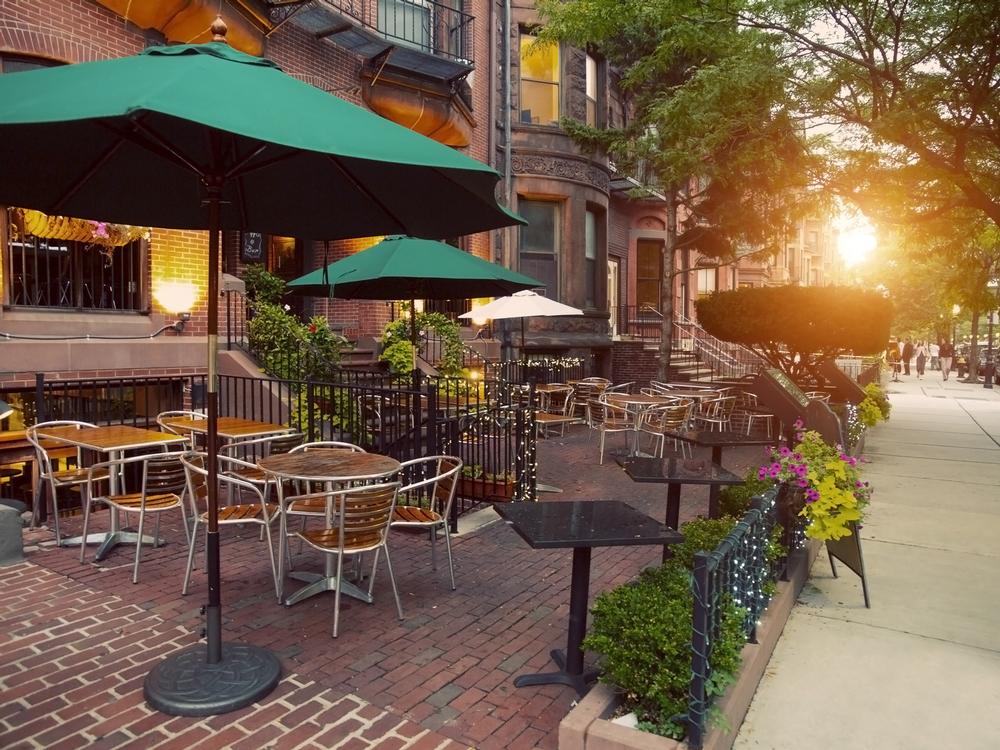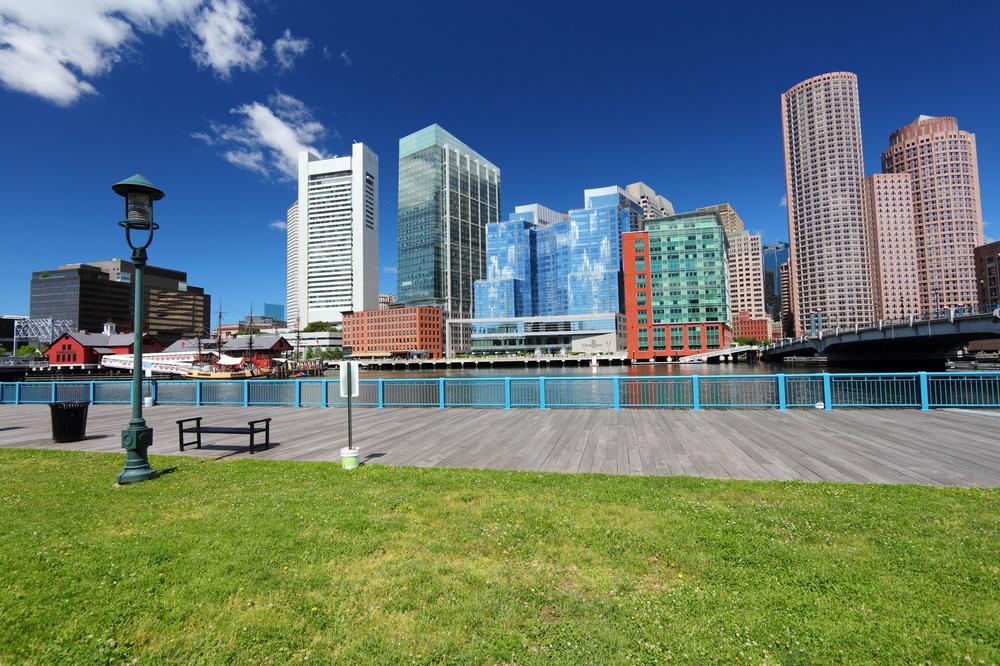- When is the best time to visit Boston?
- The best time to visit Boston is between June and November. However, each season offers something unique.
- What is winter like in Boston?
- Winters in Boston can be quite cold, so a coat and boots are necessary. Snowfall varies from light snow to heavy snowstorms.
- Is summer a good time to visit Boston?
- Yes, summer is a popular season for visitors, but hotel room rates can be high. There are many activities such as eating at sidewalk cafés, attending concerts, and watching baseball games.
- Why is fall a great time to visit Boston?
- Fall offers mild weather, making it an ideal time for exploring the city on foot. The city’s scenery is especially beautiful during this season.
- When is the best time to visit Massachusetts for good weather?
- The best time to travel to Massachusetts for pleasant weather is during spring (April through June) or in the late summer and early fall (September and October).
- When is the best time to see fall foliage in Massachusetts?
- The best time to see fall foliage in Massachusetts is late October, when the leaves have fully changed colors, and autumn is in full swing.
- When is the best time to visit Cape Cod?
- The best time to experience Cape Cod is in April, May, October, or November. These months offer a more peaceful experience compared to the peak summer crowds.
Weather by Month:
Resources:
NOAA
AMS
National Weather Service
How did I do?
Is the article too broad, too narrow, or just right ? Do you like the presentation of photos and text? Let me know in the comments! If you want to see more in this location, I can put it on my editorial calendar. I'm listening!
Plan Your Trip



